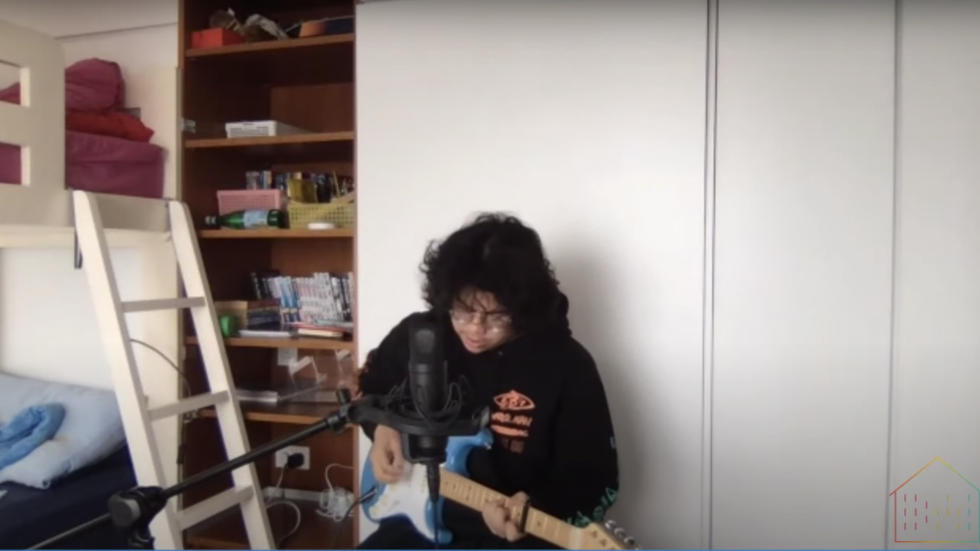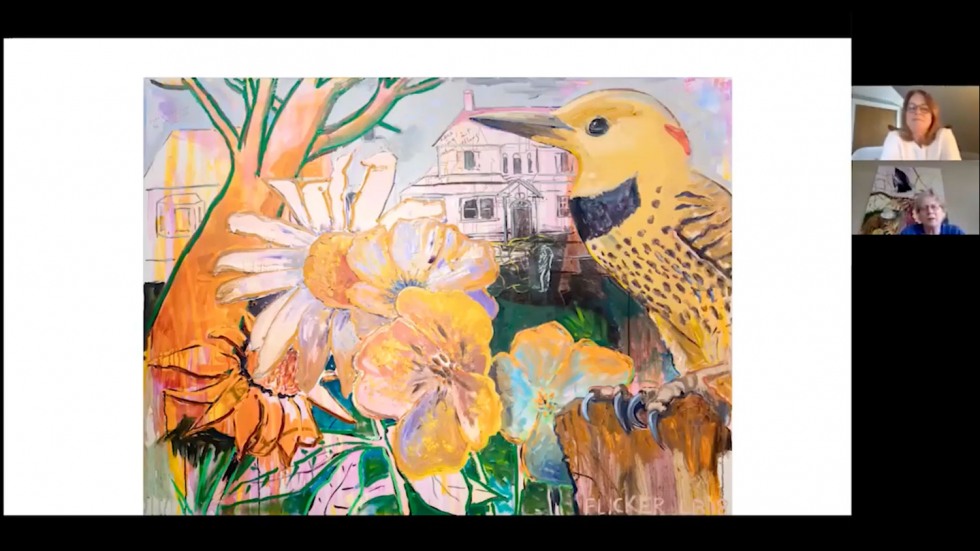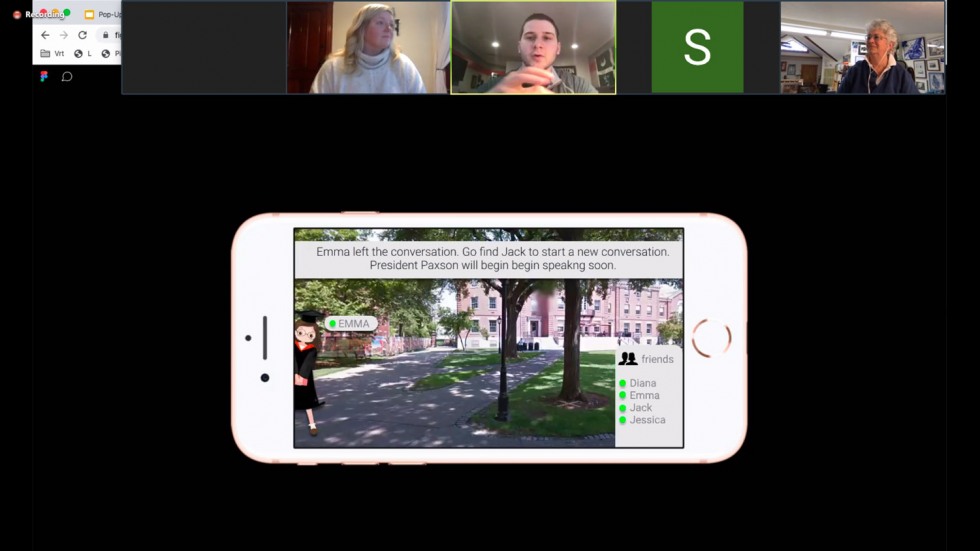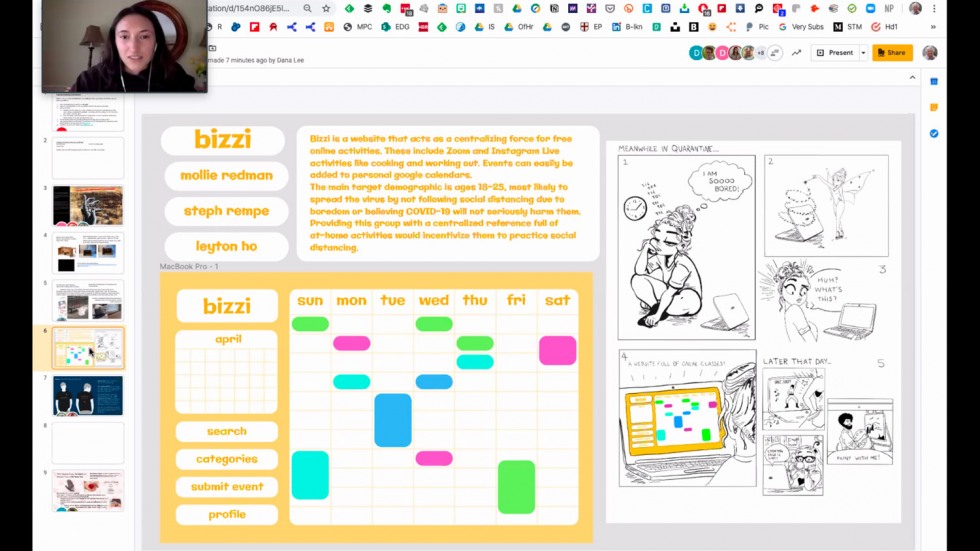PROVIDENCE, R.I. [Brown University] — For now, large public gatherings are canceled — just about everywhere. But thanks in part to the efforts of the Brown Arts Initiative (BAI), Brown University’s creative, community-minded spirit remains alive and well nonetheless.
As most students, faculty and staff remain at home to prevent the spread of novel coronavirus, the BAI has launched a series of programs to maintain a thriving arts scene even as in-person exhibitions, concerts and talks on College Hill have been canceled or postponed indefinitely.
Among the early events since Brown transitioned to remote learning in March have been concerts live-streamed from students’ living rooms, a lineup of on-demand film screenings, Zoom conversations between practicing artists and scholars, and virtual exhibitions up for the remainder of the spring semester. And the BAI has begun to extend opportunities for artistic partnerships to students, faculty and members of the Providence community — partnerships the initiative hopes will beget bold, genre-bending art in the 2020-21 academic year.
“We want to promote a feeling that artists can still accomplish their goals in this unprecedented time,” said BAI Faculty Director Thalia Field, a professor of creative writing. “We are pivoting to the new circumstances in part by letting the art we present take a different course. Art has always been responsive to changing circumstances.”
A temporary website, BAI at Home, outlines upcoming events and opportunities for those in the Brown community and beyond, wherever in the world they may be. A new Living Room Concerts series presents stripped-down live performances by homebound Brown students, including musicians Chance Emerson and Patrick Nugent. A series called Your Corner of the World brings faculty and community members together to talk about how they’re weathering this unusual moment by viewing films, bird-watching from the kitchen window and more. And Field said additional concerts, talks, film screenings and virtual exhibitions are on the way — including a series in which artists share their isolation survival strategies.



